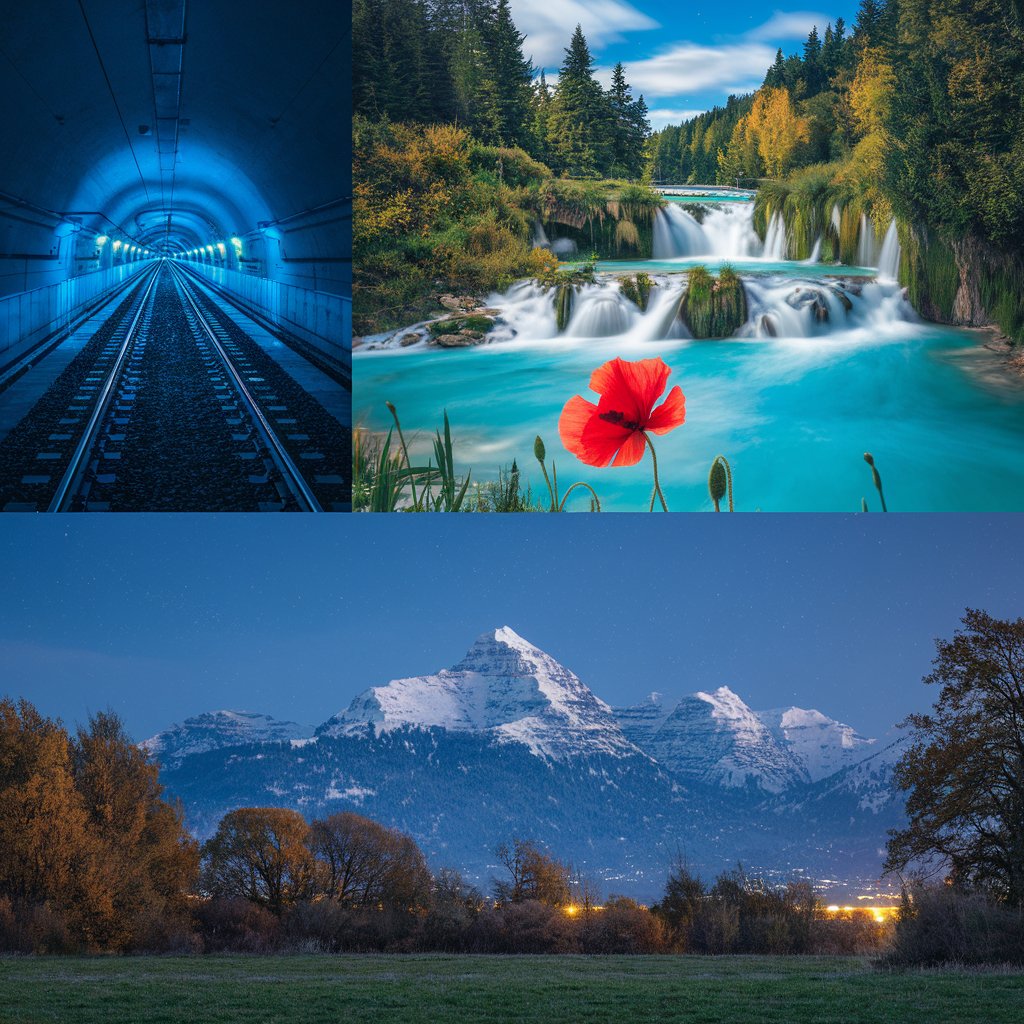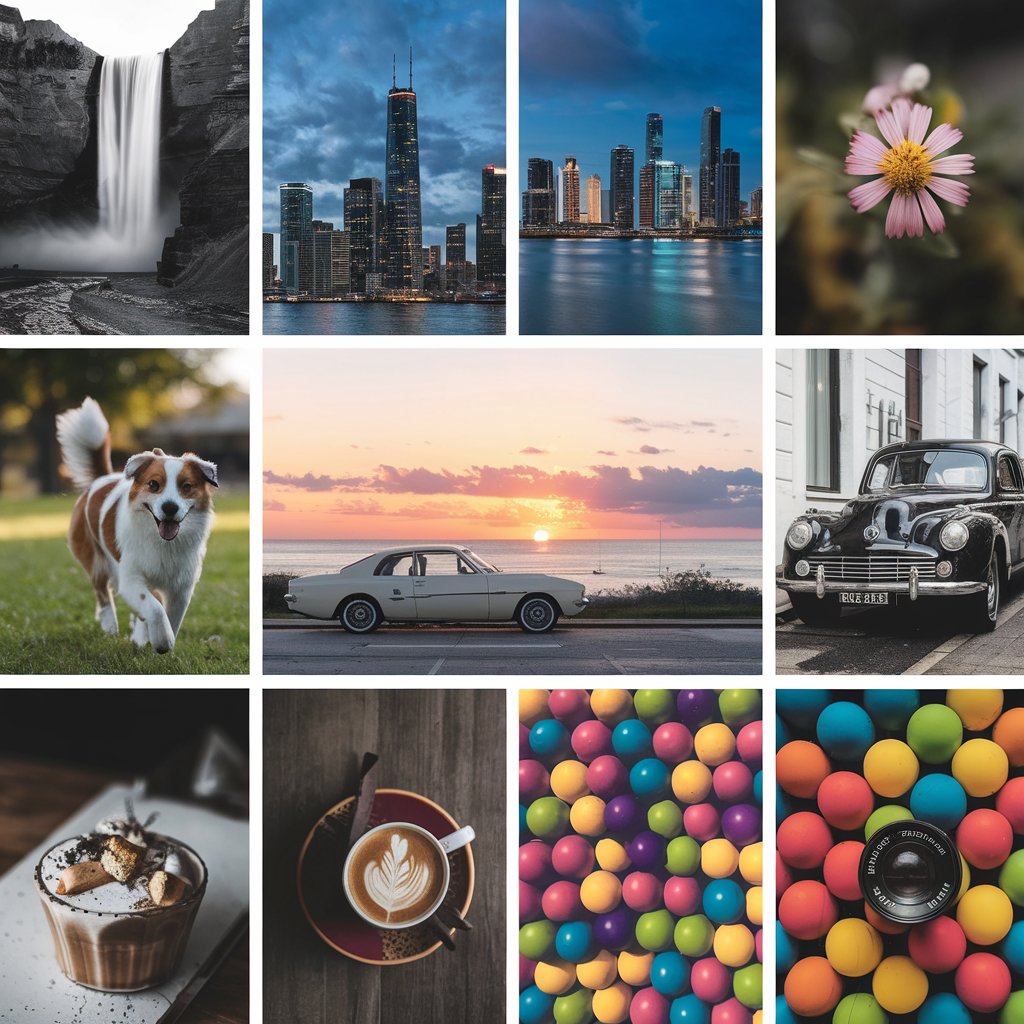Table of Contents
1. Light Painting Mastery
Light in, or light painting, is some form of photography and probably one of the coolest ways to take pictures-just “paint” with light sources in a dark environment. You would need a Canon camera, a tripod, and any sort of light source, say a flashlight or LED stick. Set your camera on long exposure mode, then, moving around you, the light source will create glowing trails in your shot.

Personal Experience:
I still remember my first light painting with my Canon EOS 80D. It went to a quiet night-time park, where only my friends and I equipped ourselves with flashlights, ready for an adventure. It did a few tries, but once we hit the nail right on time, it did some magic effects. We made abstract shapes, spelled out our names in glowing letters, and could even create an out-of-this-world illusion of glowing orbs hovering inches above the ground. Nothing beat the feeling; just like painting on a fresh canvas.
Hacks:
Use a remote shutter release or your camera’s timer. This minimizes camera shake.Try different light sources: glow sticks, sparklers, even your smartphone.
2. Capturing Stunning Silhouettes
Silhouettes are good to go if you want to add that feeling of drama or mysteriousness to your photos. Just place the subject in front of a light source, like a setting sun, then expose the bright background for powerful images with the subject in an outline shape in dark colors.
Personal Experience:
Once, I tried silhouette photography during sunset on holiday at the beach. I asked my friend to stand near the water’s edge and face toward the horizon. It looked amazing; her silhouette perfectly framed against an orange and purple sky created a picture that caught the beauty and serenity of that moment. Even today, that photo remains one of my favorites.
Tips:
Use your subject to select uncomplicated, easily recognizable shapes for clarity.
Seek open background to allow silhouetted form to be strikingly prominent.
3. Reflections Play
Reflections add an artistic symmetry to your photographs and give a certain depth. The reflection of an object could be found in a puddle, lying between a storm, on a lake, and in a mirror—a place offering striking compositions. Get creative shooting with any of your Canon cameras from different angles to capture that magic shot.
Example:
Rainy day; decided to take a walk in my neighborhood with my Canon camera. Chanced upon this huge puddle of water, reflecting the overcast sky and most of the foliage of the overhanging treetops. Kneeling low, placed the camera just above the puddle to get a shot that almost felt surreal. This would create a mirror reflection of the view, and one could hardly tell which side of the picture is upside down. It is indicative that photography has a tendency to make even the most mundane and routine moments somewhat otherworldly.
Tips:
Move the camera over the reflecting surface to dramatize the effect.
Use manual focus to ensure the reflection and the subject appear sharp.

4. Macro Magic:
Delving into the Small World
Macro photography is a such view to click the fine details of subjects around you, from insects to flowers and everything under your vision, even objects of everyday use. Textures, patterns, and elements seldom considered can be shown with a Canon macro lens.
It was one random afternoon when I sat in my backyard with my Canon camera, a macro lens in place, and surveyed those little things that generally go unnoticed. The most interesting shot was that of a little ladybug crawling on a leaf. This close-up shot really showed just how intricate the pattern was on its shell and how fine the hairs on the leaf were, neither of which the human eye would catch. As a matter of fact, this made me appreciate beauty even in littlest of things.
Tips:
Use the camera on a tripod to avoid camera shake on shots at close distance.
Finally, do not forget about the light. The available natural light can filter through textures and details in your subject that may never be seen in other light.

5. Long Exposure for Shots with Motion
Long exposure is great for capturing movement in a still photo, whether it be water flow, cloud movement, or car lights blurred out at night. A few seconds of open shutter will capture in your photos a sense of motion and dynamism.
For example, I remember once being at a waterfall with my Canon, hoping to shoot the water’s smooth, undulating motion. Putting the Canon on the tripod, then taking it at a really long exposure so that the water blurred but the stationary rocks and trees looked sharp on the sides was pretty dreamy, almost surreal, translating the power and beauty of the waterfall.
Tips
For that, use an ND filter. This will block some of the light from reaching your lens, and you should be able to shoot long exposures even if it’s bright outside. Minimizing the noise from long exposures.
6. Night Photography: Shooting the Stars
It enables us to shoot a very particular and striking type of photography-the night sky, to be more particular, astrophotography. We can shoot star trails, the Milky Way, and even the moon with a Canon camera equipped with a wide-angle lens.
Personal Experience:
The biggest and overwhelming feeling that I had with my Canon was on a mountainous camping trip. So far from the city lights, the stars were simply so good up in the sky. I hooked my camera with its very wide lens onto a tripod and did a time exposure to expose this Milky Way across the sky. The result brought humility to our souls about how small we really are within the universe.
Tips:
Manually focus and set infinity for your lenses so that stars are in sharp focus
Take multiple frames at a variety of exposures to match the brightness of the stars to the brightness of the landscape
7. Pictorialist Portraits Using Props and Lighting
Portrait photography doesn’t need to be always this traditional image. Introduce props and play with light for even more creative portraits that will impress. Since there are many versatile settings on the Canon camera, that enables one to play with depth of field, exposure, and focus to fit his creative vision.
Personal Example:
Once, I did a shoot with my friend, and we decided to be creative by using different props. Fairy lights were used and held force against the camera’s lens, creating the bokeh of beauty around her face. We also played with the shadows: a lace curtain was manipulated to form complex shadows on her skin. They are nothing like any portrait I have ever done, and overall, it was a fun collaborative process that pulled me out of my comfort zone as a maker.
Tips
Some ideas to try: out-of-the-box backlighting, sidelighting, and playing with reflectors to test the various lighting arrangements.
Never be afraid to use weird props items like padding/scrap of fabric or anything you find lying around the house .

8. Abstract Photography: Shapes and Patterns-Based
Abstract photography will test your perception of the world. Instead of looking at subjects, shapes, colors, or patterns, you can achieve it by shooting an object that will be carried by the shadows and light, giving a very close reflection.
Personal experience:
Walking along the streets of the city, the outer look of one of the modern buildings with geometrical patterns grabbed my full attention when it came to examining the house from the outside. Zooming in past repetition of shapes and lines using my Canon camera in this very case served to remind me that creativity can be drawn throughout, in instances when one takes his time to see it-abstraction, hence, to be more perceived as a piece of modern art rather than a photo of a building.
Ideas:
Allow your image to have rhythm through repetitive pattern or strong line
Allow your frames take up different angles and perspectives to abstract your subject.
9. Candid moments: The Art of Street Photography
That’s because the whole core of street photography lies in candid moments speaking volumes in a story. Take out your Canon camera and hit the streets of your city or neighborhood. Photograph the people, day in and day out, doing their thing; capture the pure spontaneity and emotion of moments.
Personal Experience:
I remember it so clearly-this one afternoon, walking the restless market streets with my Canon in my hand, clicking countless pictures of the hum of vendors and shoppers. Among the shots, what got to me was this silent old man who sat in front of his shop, just watching the world go by. The stillness of that photo speaks of experience and reflective contemplation-it was about one quiet moment in an ocean of bedlam.
Tips:
Taking pictures of people in public is a lot easier when being discrete and respectful.
To capture something that passes by really fast, record at a fast shutter speed

10. Time-lapse: Telling Stories through Time
In time-lapse photography, long hours of activity get recorded and condense down into seconds; the product is more alive and powerful. Be it the movement of clouds, the hustle of city streets, or changes in light during sunset, time-lapse photography is one powerful way of telling a story through time.
Personal experience:
Incorporating creative photography techniques with Canon gear can elevate your images to a new level. Capturing candid moments in public requires discretion and respect, while time-lapse photography allows you to condense long hours of activity into a powerful visual story. Personally, I experienced the magic of shooting a time-lapse of a sunrise in the mountains, witnessing the vibrant colors painting the sky as the landscape transformed before my eyes.
